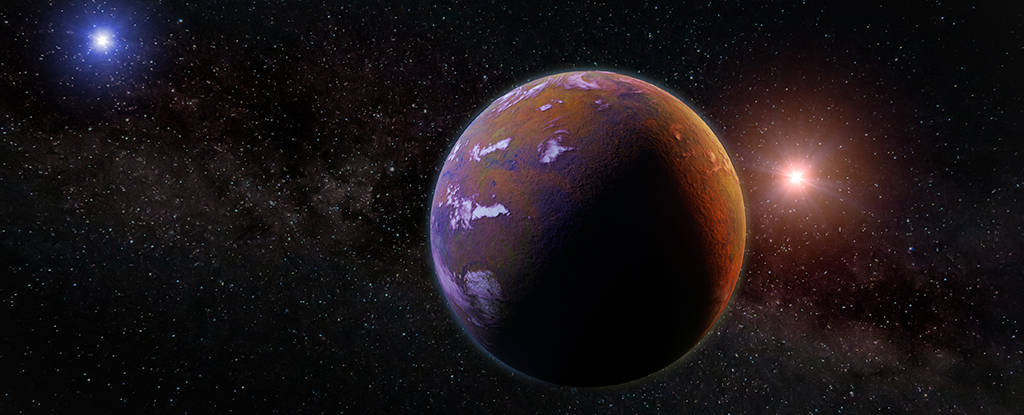What Happens to Earth When a Star Comes Close? Stars are typically gravitationally bound to their galaxies and move compatibly with the galaxies they are part of, but sometimes this bond can break. When a star gets too close to a supermassive black hole, the black hole can expel the star into space as a rogue star. This occurrence, though statistically insignificant, is a possibility that should be acknowledged.
Our solar system, after a few billion years, has evolved into a stable and predictable state, which involves the planets’ movements and the Sun’s central position. Adding another star to the mix could potentially disrupt this delicate balance.
A study titled “Future Trajectories of the Solar System: Dynamical Simulations of Stellar Encounters Within 100 au” examines what would happen if a rogue star comes within 100 AU of the Sun. The authors note that with about 1 billion years left of habitable surface conditions for Earth, there’s a 1 percent chance of an encounter with a rogue star.
While it’s improbable for most rogue stars to come close to Earth, there’s a small possibility of encountering one. The study involved N-body simulations to determine the potential outcomes for Earth if a rogue star arrived within 100 AU of the Sun.
These outcomes include the planets’ survival rates, potential destruction pathways, and changes to Earth’s orbit. The researchers explored various scenarios and the probability of Earth’s survival in a different orbit, stressing that the likelihood of any catastrophic outcome is very low.
Even though the probability of a rogue star coming close to Earth is slim, it’s essential to be aware of the potential impacts. The study’s insights provide valuable information for understanding the potential risks and possible consequences if Earth were to encounter a stellar interloper’s influence.


